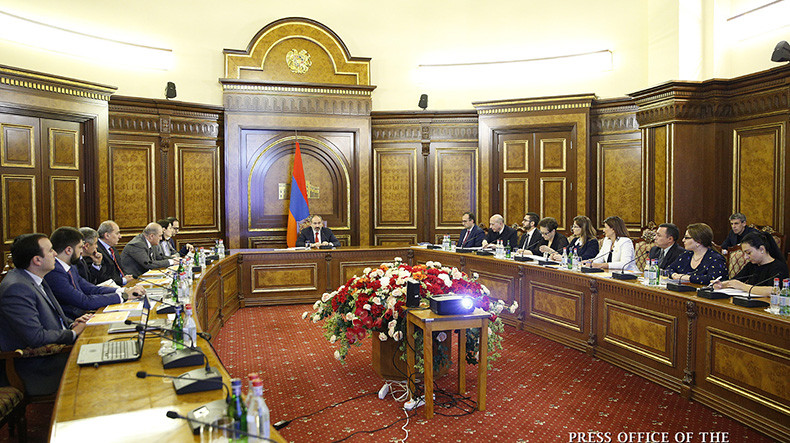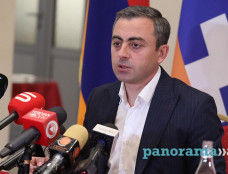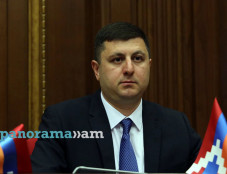
PM calls for developing targeted programs to improve the demographic situation
“It is obvious that the demographic situation cannot be addressed by means of separate solutions and should be considered in the context of the overall socio-economic situation in the country,” Prime Minister Nikol Pashinyan stated on Friday during a consultation on demographic situation with Cabinet members.
Economic reforms and their successful course should first of all contribute to inclusive economic growth, and the policy of economic development should first of all lead to changes in the demographic situation. It should be considered as a primary tool to changing the situation. But in any case, this key area has some peculiarities, nuances, and, of course, there are also targeted actions that can influence the overall context in a specific field and make them more targeted. Therefore, today we will talk about possible impacts of that general context, as well as specific programs, capacities and their impact. I mean not only solving the problem but also trying to understand what specific and targeted actions and programs we can carry out in the common process that are aimed at improving the demographic situation,” Nikol Pashinyan said.
As the press service at the government reported, the discussion specifically addressed the challenges related to migration trends, births, and social factors. It was noted that as of the end of December 2018, the number of permanent residents was 2 million 972 thousand in Armenia.
It was reported that positive trends had been recorded in the demographic situation in 2018, in particular, the difference between departures and arrivals (shrinkage slab) was minus 26, 897 in 2017, while it turned to plus 15, 313 in 2018.
The shrinking rate of births in our country slowed down last year. The number of deaths and divorces also decreased, a slight positive tendency of natural increase was recorded, coupled with the positive balance of passenger transportations. The negative balance of migration has also decreased. The proportion of sexes in newborns has changed as follows: 115 boys / 100 girls in 2013, and 111 boys / 100 girls in 2018.
The speakers next touched upon the main factors affecting the demographic pattern. They outlined the range of measures and steps to improve the demographic situation, and presented a number of recommendations. Highlighting the proposed emergency measures, Prime Minister Pashinyan gave appropriate instructions to the responsible government officials.
In conclusion, Nikol Pashinyan suggested establishing a PM–headed national council on improving the demographic situation.
Newsfeed
Videos






























